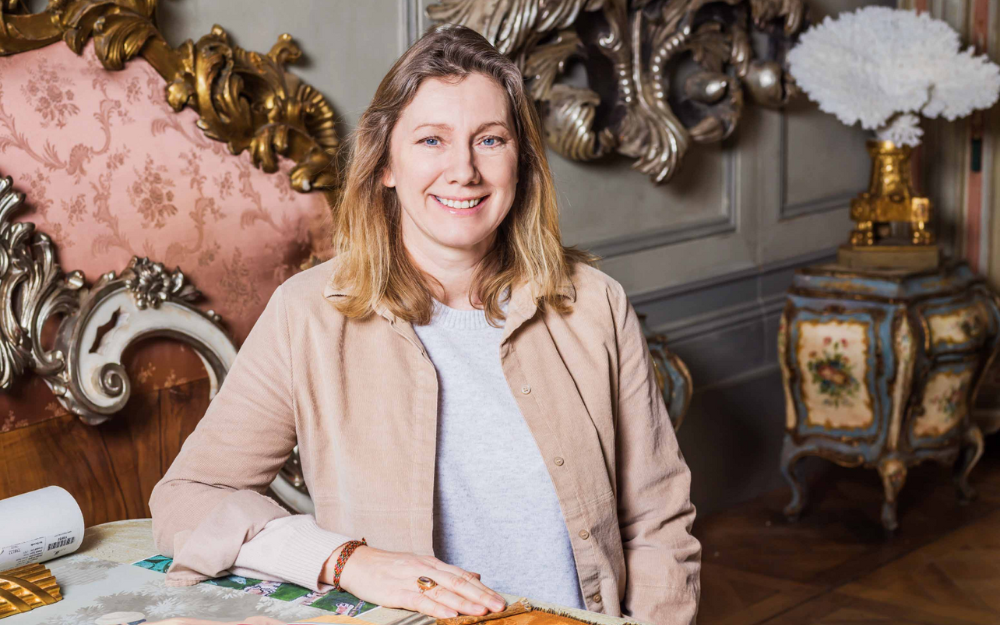Introduction
Baroque furniture represents one of the most opulent and dramatic styles in the history of furniture design. Emerging in the early 17th century, this style is characterized by its elaborate details, bold forms, and extravagant decorations. Baroque furniture was more than just functional; it was a statement of wealth and power.
Origins and Historical Context
Baroque Versailles furniture originated in Italy around the 1600s during the Baroque period, a time marked by grandeur and drama in art, architecture, and music. This style quickly spread throughout Europe, with each country adapting it to their own tastes and cultural influences. The furniture was heavily influenced by the Catholic Church and the absolute monarchies of the time, both of which used grandiose designs to display their power and influence.
Characteristics of Baroque Furniture
1. Ornate Decoration
Baroque furniture is known for its intricate and lavish decorations. Common motifs include scrolls, leaves, shells, and figures from mythology. Gilding was widely used to enhance the richness of the pieces.
2. Bold and Dramatic Shapes
The furniture often features exaggerated forms, such as large, curved legs and bold, heavy proportions. This sense of drama is a hallmark of the Baroque aesthetic.
3. Rich Materials
Luxury materials like exotic woods, marble, and precious metals were frequently used. Upholstery was often made from luxurious fabrics like velvet and silk.
4. Symmetry and Balance
Despite its elaborate details, Baroque furniture maintained a sense of balance and symmetry, which added to its imposing presence.
Notable Pieces and Designers
1. André-Charles Boulle
One of the most famous Baroque furniture makers was André-Charles Boulle, who worked for the French court of Louis XIV. Boulle’s pieces are renowned for their intricate marquetry, combining brass, tortoiseshell, and ebony.
2. The Cabinet on Stand
This piece of furniture was a staple in Baroque interiors. Often highly decorated, it served as both a functional piece and a work of art.
Influence on Later Styles
Baroque furniture influenced many later styles, including Rococo, which softened some of the boldness of Baroque design with more playful and light-hearted elements. The opulence of Baroque also paved the way for the grand styles of the 18th century.
Modern Interpretations
Today, Baroque furniture continues to inspire designers. Companies like La Maison London celebrate this legacy by creating bespoke pieces that echo the grandeur of the past while incorporating modern craftsmanship techniques.
Conclusion
Baroque furniture remains a testament to the heights of craftsmanship and artistic expression. Its combination of rich materials, intricate details, and bold forms creates pieces that are not only functional but also works of art. Whether in historical contexts or modern interpretations, the grandeur of Baroque furniture continues to captivate and inspire.


